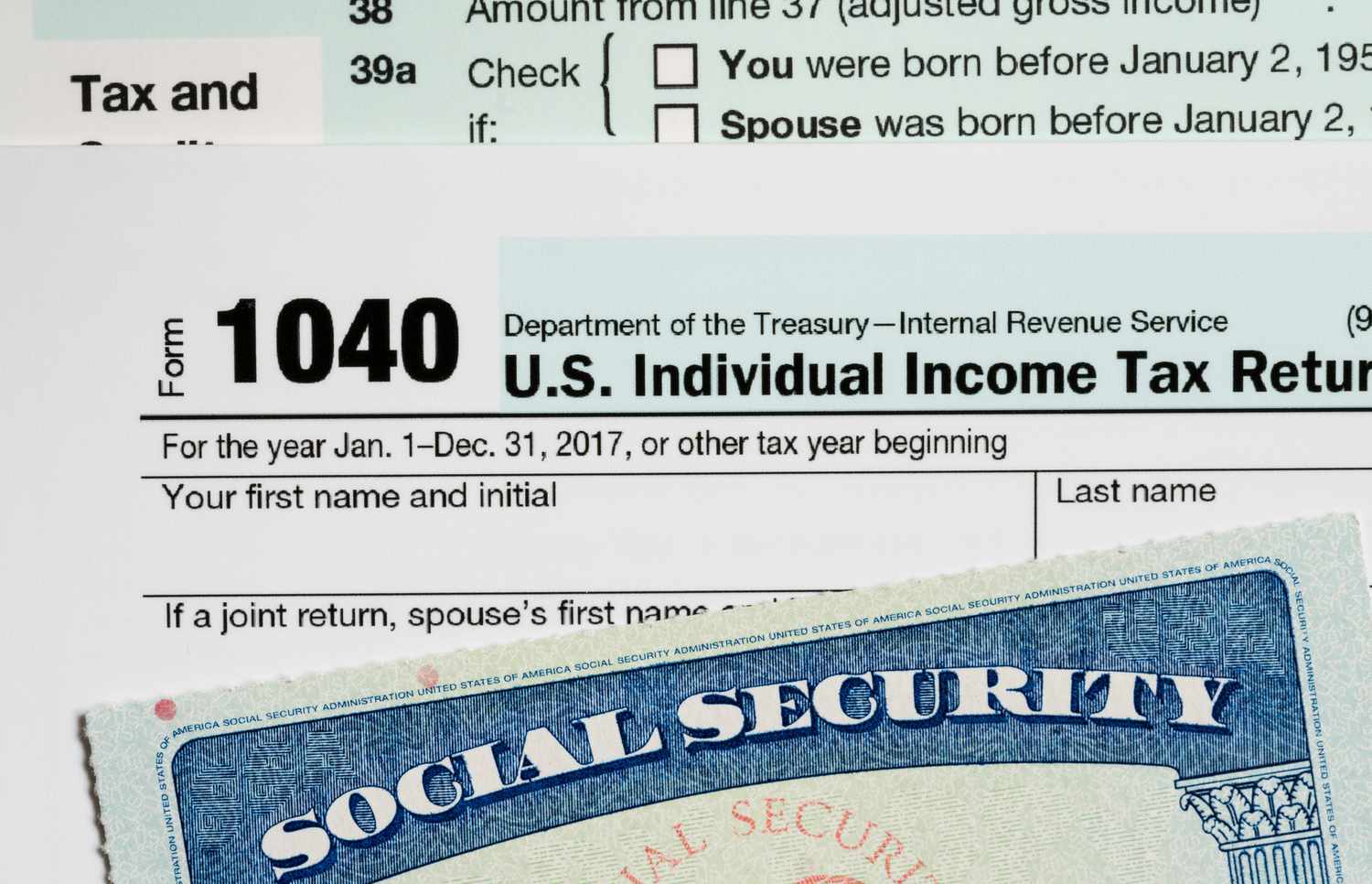Many people who receive Social Security benefits will have to pay taxes on some of them. Here’s how it works along with suggestions for lowering income tax in retirement.

Social Security (Source: Getty image)
How to Have a Low Federal Income Tax?
In a published article from The Street, since 1984, Social Security claimants have had to pay federal income tax on a portion of their benefit income if their total income exceeds certain limits. According to current Social Security Administration projections, from 2015 through 2050, nearly 56% of recipient families will repay federal income tax on a portion of their benefit income.
Here is what you need to know about federal income taxes and your Social Security benefit if you are one of the 56%. First, your combined income, which is also frequently referred to as provisional income, determines how much federal income tax you must pay on your Social Security payout.
Elaine Floyd, director of retirement and life planning at Horsesmouth and author of “Savvy Social Security Planning for Boomers,” states that combined or provisional income consists of modified adjusted gross income (MAGI) plus half of Social Security income and tax-exempt interest.
According to IRS regulations, if you submit a federal tax return as a single, head of household, married filing separately (and separated from your spouse for the whole year), you can benefit from the following:
- You might have to pay income tax on up to 50% of your benefits if your income is between $25,000 and $34,000.
- Over $34,000, up to 85% of your benefits can be subject to taxation.
Elaine Floyd, director of retirement and life planning at Horsesmouth and author of “Savvy Social Security Planning for Boomers,” states that combined or provisional income consists of modified adjusted gross income (MAGI) plus half of Social Security income and tax-exempt interest.
According to IRS regulations, if you submit a federal tax return as a single, head of household, married filing separately (and separated from your spouse for the whole year), you can benefit from the following:
- You might have to pay income tax on up to 50% of your benefits if your income is between $25,000 and $34,000.
- Over $34,000, up to 85% of your benefits can be subject to taxation.
The benefits give moderate-income Social Security recipients a smaller tax break, but it has the unfavorable effect of raising the marginal tax rate, according to Floyd.
Keeping other incomes low in order to reduce the overall federal income tax is the only thing a person can do to change this. There is little a person can do to change this, however, once income is high enough that the full 85% of benefits are subject to income tax, which is not difficult today given that the thresholds set in 1993 were never updated for inflation.
READ ALSO: $130 Million Worth of Student Loan Forgiveness Granted to Private Schools
What are the Procedures for Paying the Federal Income Tax?
You’ll get a Social Security Benefit Statement (Form SSA-1099) in January that details how much in benefits you received the previous year. In the instructions for Form 1040, the IRS provides a worksheet you can use to calculate your taxable benefits. You can use either that worksheet or Worksheet 1 in this 2022 Publication 915, albeit there are a few exceptions.
According to Floyd, the taxable amount is put on Line 6b of Form 1040, and the entire amount of Social Security income received is entered on Line 6a of that same form. She pointed out that the amount on Line 6b is combined with other income and taxed in the customary progressive way.
READ ALSO: Check Out! How Much You Are Eligible for Federal Student Loan

















































